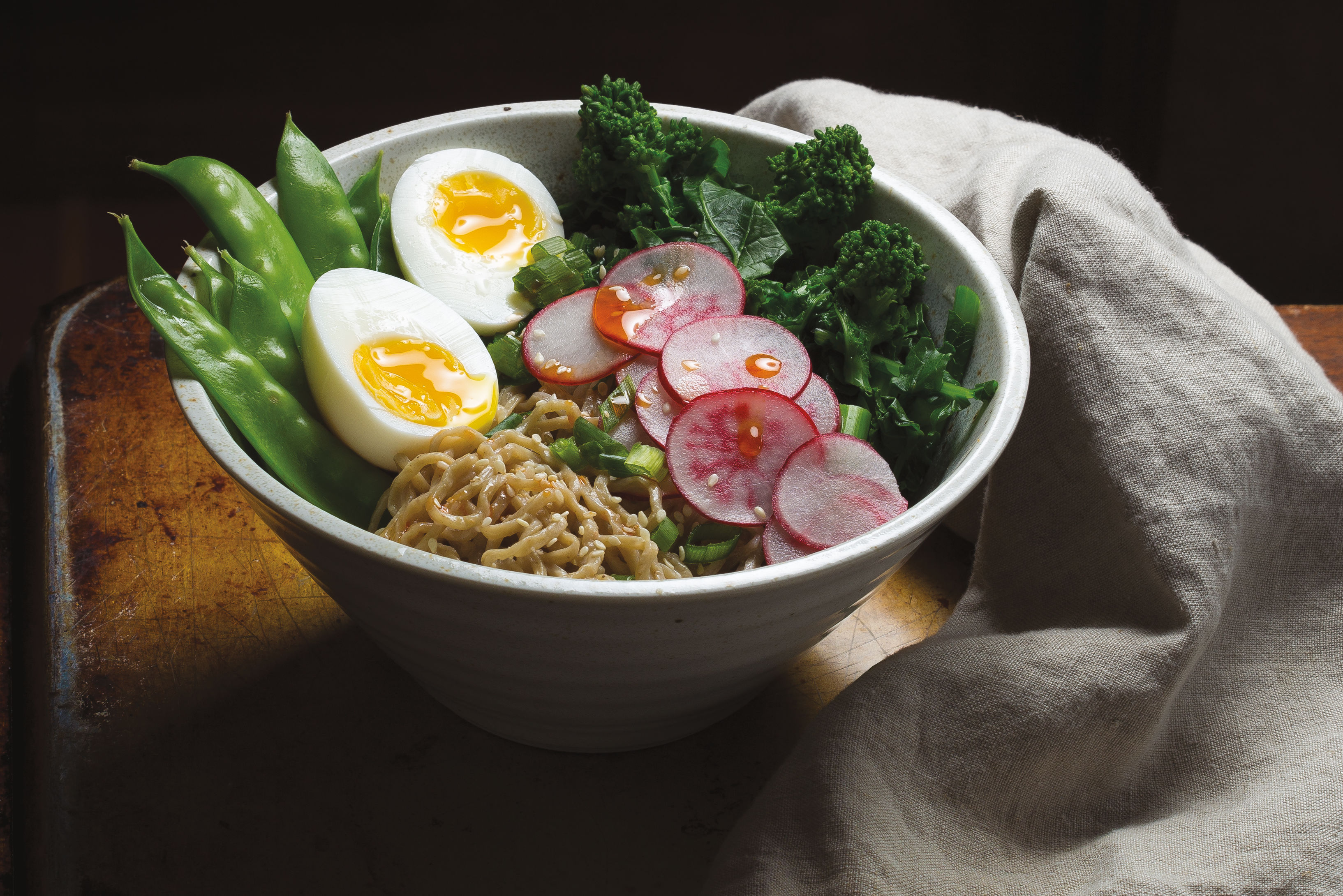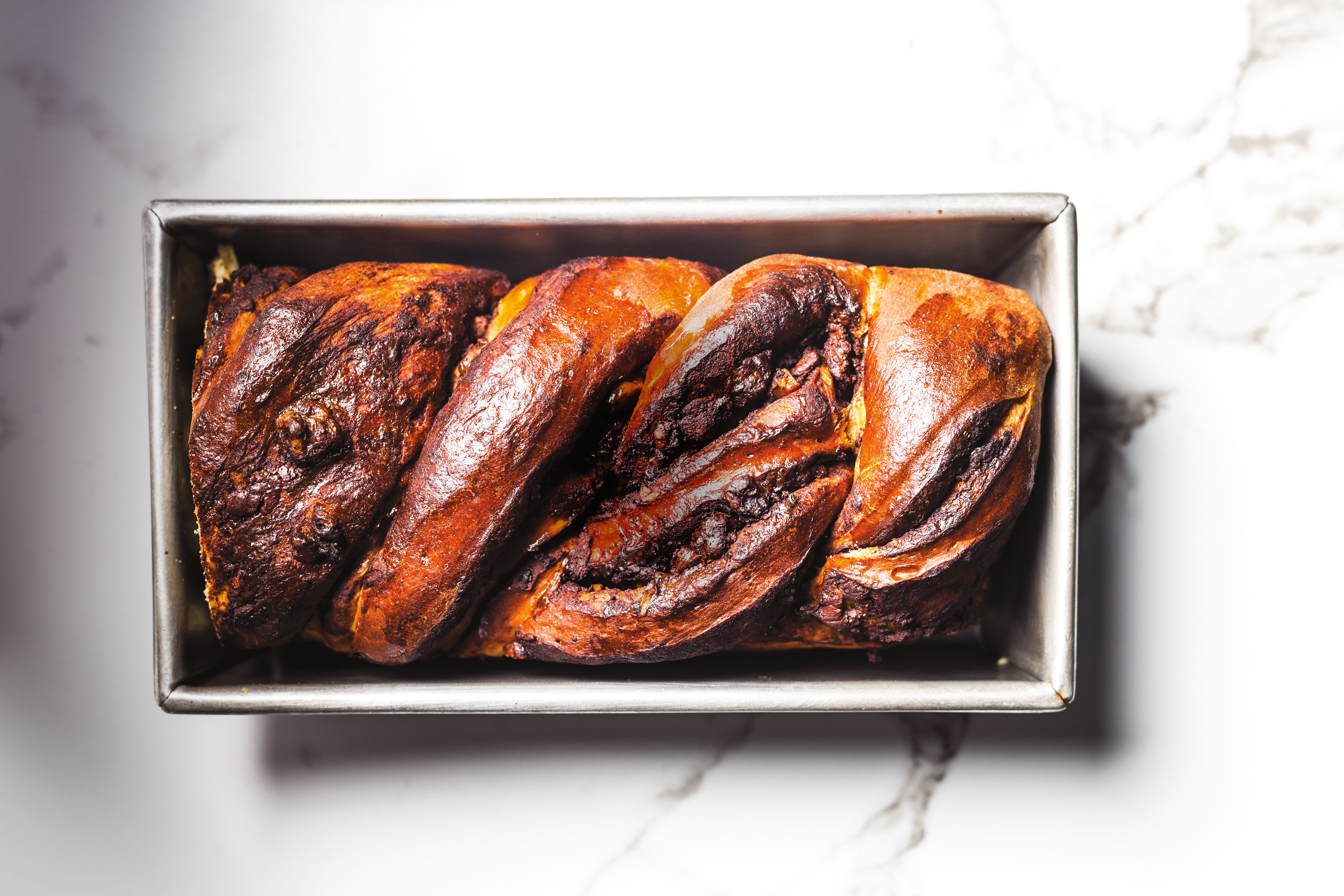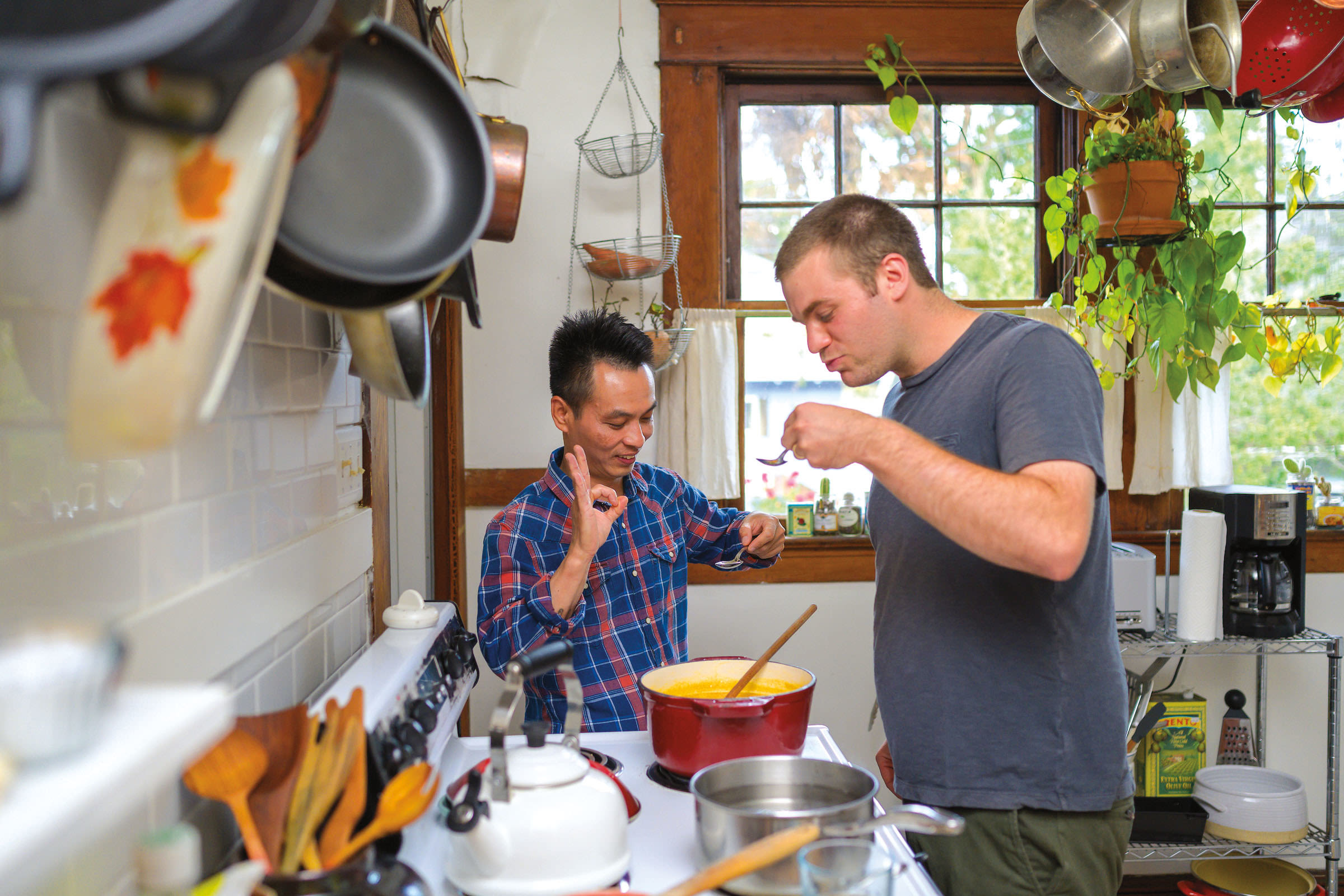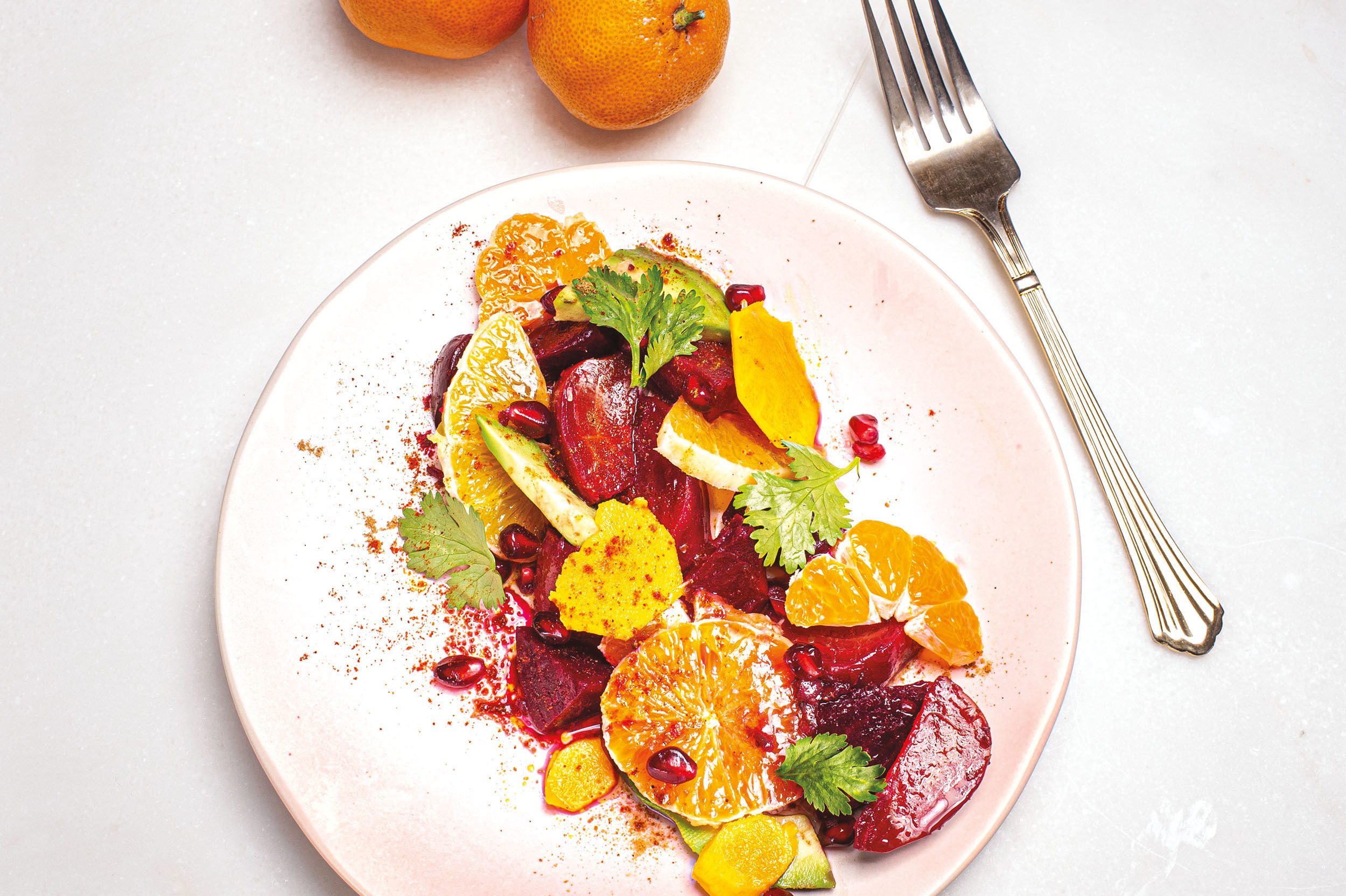Refrigerator Pickles Skip the Canner and Go Straight to the Crunch
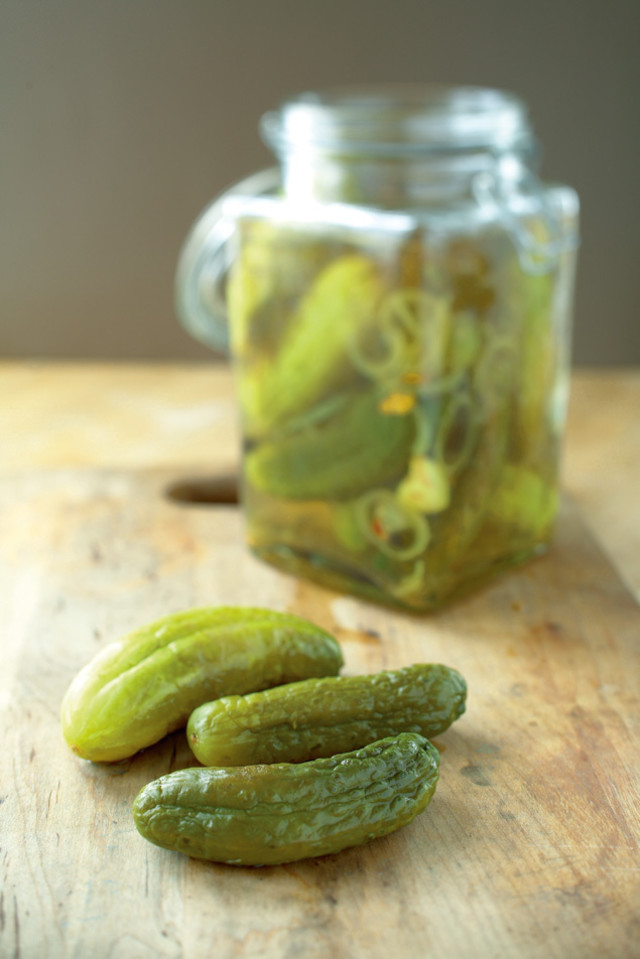
Image: Lara Ferroni
Why is it that a domestic task our grandparents once begrudgingly performed—in the heat of summer in their steaming kitchens, as a way to survive the winter—is now considered très chic? Like knitting circles, bread baking and backyard chicken coops, the antiquated art of pickling is now all the rage in Portland.
Not that we’re complaining, because it means just about every restaurant has figured out that pickled onions taste better than raw onions on burgers. And chefs like Gabe Rosen, of Biwa, are even preparing more worldly pickles—like soy miso pickled vegetables as well as kimchi.
Like many home cooks, however, most Portland chefs don’t have the time or the space to pickle and put up vegetables—be they cucumbers, green beans or carrots—for use six months down the road. Instead, they make refrigerator pickles, a shortcut to vegetable preservation that doesn’t require the fussiness of pressure cookers and hot water baths. Quick and easy to produce, refrigerator pickles require only brine, sugar, spices, quality produce, storage containers and a reliable fridge. And you won’t have to wait months to eat them.
The majority of refrigerator pickles must contain a proper vinegar-to-water ratio (no less than 50 percent vinegar) to prevent food-borne bacteria. As in traditional pickling, the brine is brought to a boil, and then spices are added for flavor. However, once the brine is poured over the vegetables you won’t have to seal them and put them away in a dark pantry. Instead, they’re allowed to cool, then covered and stored in the fridge. Depending on the recipe, they’re usually ready to eat in less than three days and can last several weeks.
As with many kitchen experiments, it’s best to follow a reliable recipe before improvising. The Joy of Pickling , by Linda Ziedrich, offers a great introduction. Or take a page from Portland’s pickle pioneer, Greg Higgins, chef and owner of Higgins restaurant, who has served house-made pickles since 1994. We’re partial to his quick dill pickles, a family formula that his grandmother dubbed “Damn Good Dills,” which feature prominently on his charcuterie platter. “It’s so easy, even a chef can do it,” says Higgins.
Joking aside, Higgins points out that refrigerator pickles aren’t just a great way to use up ingredients from your garden; they’re also a good way to make use of scraps people normally throw away, such as chard stems or unripe green tomatoes. But more than that, they’re the closest most of us will ever get to instant pickle gratification. After all, isn’t that what the modern age is all about?

Damn Good Dills
Greg Higgins, owner and chef of Higgins restaurant, provided us with this recipe, which he obtained from his grandparents. Higgins uses small pickling cucumbers, like Kirbies in summer and English cucumbers in other seasons; you may also substitute four quarts of green beans for the cucumbers.
1 quart cider vinegar1 quart water
¼ cup pickling spices
2 chipotle peppers (dried)
15 whole garlic cloves, peeled
scant ½ cup kosher salt
scant ¼ cup sugar
½ tsp ground turmeric
1 cup fresh dill, roughly chopped
4 quarts pickling cucumbers (rinsed well)
2 sweet onions, peeled and sliced slightly less than ½-inch thick
In a nonreactive pot, bring vinegar, water, pickling spices, peppers, garlic, salt, sugar, turmeric and dill to a boil. Add cucumbers and onions, turn heat to medium low and simmer for five minutes. Remove from heat and transfer brine and vegetables to a clean, sanitized pickle crock or other one-gallon jar. Loosely cover and allow to cool to room temperature, then tighten lid and refrigerate. The pickles will be ready to eat in 3-4 days and will keep up to 8 weeks.
